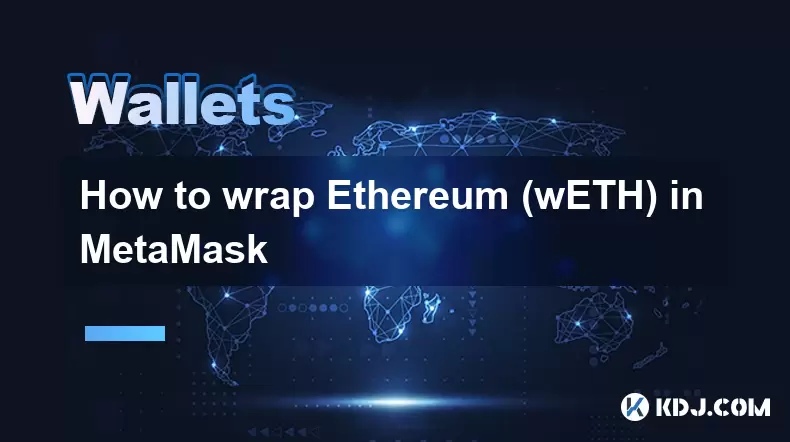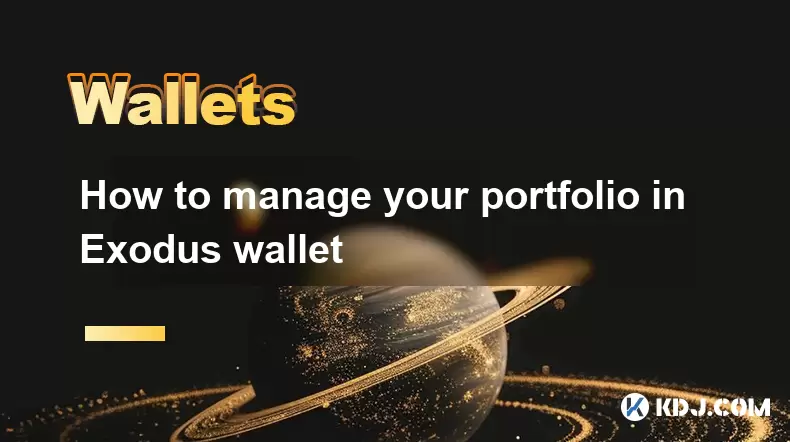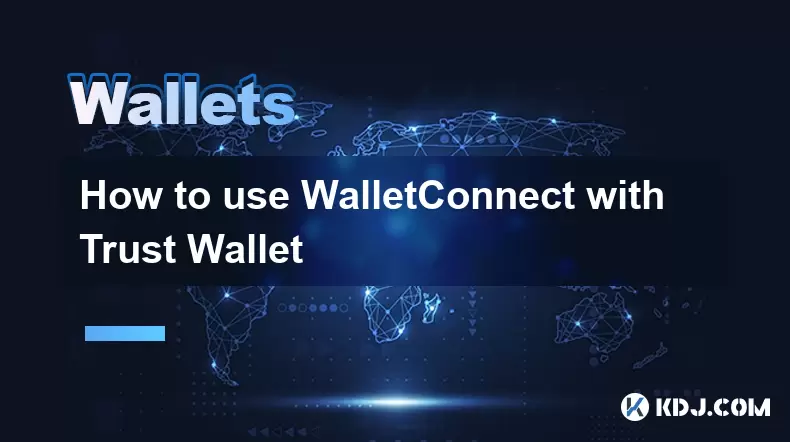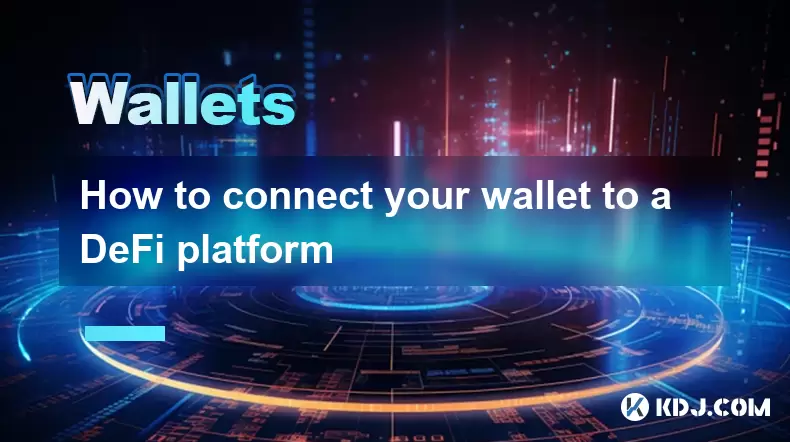-
 Bitcoin
Bitcoin $118300
0.75% -
 Ethereum
Ethereum $4544
3.21% -
 XRP
XRP $3.128
-0.31% -
 Tether USDt
Tether USDt $1.001
0.02% -
 BNB
BNB $861.4
3.94% -
 Solana
Solana $192.2
3.12% -
 USDC
USDC $1.000
0.01% -
 Dogecoin
Dogecoin $0.2332
0.92% -
 Cardano
Cardano $0.9702
6.55% -
 TRON
TRON $0.3513
-0.44% -
 Chainlink
Chainlink $24.69
14.60% -
 Hyperliquid
Hyperliquid $47.42
1.65% -
 Stellar
Stellar $0.4307
0.74% -
 Sui
Sui $3.826
3.32% -
 Bitcoin Cash
Bitcoin Cash $590.6
0.12% -
 Ethena USDe
Ethena USDe $1.001
-0.01% -
 Hedera
Hedera $0.2560
2.83% -
 Avalanche
Avalanche $24.84
4.94% -
 Litecoin
Litecoin $122.0
2.95% -
 Toncoin
Toncoin $3.493
0.20% -
 UNUS SED LEO
UNUS SED LEO $9.460
-1.09% -
 Shiba Inu
Shiba Inu $0.00001316
2.12% -
 Uniswap
Uniswap $11.19
2.94% -
 Polkadot
Polkadot $4.059
3.61% -
 Dai
Dai $1.000
0.00% -
 Bitget Token
Bitget Token $4.686
2.09% -
 Cronos
Cronos $0.1530
2.18% -
 Monero
Monero $267.4
11.83% -
 Ethena
Ethena $0.7250
0.52% -
 Pepe
Pepe $0.00001121
3.26%
How to manage multiple wallets in Coinbase Wallet?
Coinbase Wallet manages multiple cryptocurrencies within a single, secure wallet, unlike separate wallet systems. Prioritize strong passwords, 2FA, and careful tracking of assets; remember, it's self-custody, distinct from the Coinbase exchange.
Mar 17, 2025 at 07:12 pm

Key Points:
- Coinbase Wallet supports multiple accounts, but not in the same way as managing multiple wallets on other platforms. It focuses on managing multiple assets within a single wallet.
- Security best practices are crucial when handling multiple assets.
- Understanding the differences between Coinbase Wallet and Coinbase exchange accounts is essential.
- Third-party tools are not officially supported by Coinbase Wallet but may offer some level of portfolio management assistance.
How to Manage Multiple Wallets in Coinbase Wallet?
The term "multiple wallets" within the context of Coinbase Wallet is a bit misleading. Coinbase Wallet itself isn't designed to hold multiple independent wallets in the way some other crypto wallets might. Instead, it functions as a single wallet that can hold a variety of different cryptocurrencies and tokens. You don't create separate wallets within the app; you simply add different assets to your existing wallet.
Think of it like a single bank account that allows you to hold USD, EUR, and GBP. You don't have separate accounts for each currency; they all reside within the same account. Similarly, Coinbase Wallet manages various cryptocurrencies and tokens within a single, secure environment. This approach simplifies the user experience while maintaining a high level of security.
Managing multiple assets within Coinbase Wallet involves careful tracking of your holdings. The app provides a clear overview of your portfolio, displaying the balances of each cryptocurrency and token you hold. This is the primary method of "managing" multiple assets – by monitoring and tracking your holdings within the single wallet interface.
Security Best Practices for Multiple Assets:
Security is paramount when managing multiple crypto assets. Always ensure you have a strong, unique password and enable two-factor authentication (2FA). This adds an extra layer of security, making it significantly harder for unauthorized individuals to access your wallet.
Regularly review your transaction history to identify any suspicious activity. If you notice anything unusual, immediately contact Coinbase support. Never share your seed phrase or private keys with anyone, as this would compromise the security of your entire wallet and all its assets.
Understanding the different levels of security offered by various cryptocurrencies is also important. Some cryptocurrencies are more secure than others, and understanding these differences can help you make informed decisions about which assets to hold.
Distinguishing Coinbase Wallet from Coinbase Exchange Accounts:
It's crucial to differentiate between Coinbase Wallet and Coinbase's exchange platform. Coinbase Wallet is a self-custody wallet, meaning you are solely responsible for the security of your private keys and assets. The Coinbase exchange, on the other hand, is a custodial service; Coinbase holds your assets on your behalf.
Managing multiple assets across both platforms requires careful attention to avoid confusion. Keep track of which assets are stored in your Coinbase Wallet and which are held on the Coinbase exchange. This distinction is critical for security and accounting purposes.
Third-Party Tools and Portfolio Management:
While Coinbase Wallet doesn't officially integrate with third-party portfolio management tools, some services may offer compatibility. However, using such tools carries inherent risks, as they may not be as secure as the official Coinbase Wallet application. Always thoroughly research any third-party tool before connecting it to your wallet. Remember, you are responsible for the security of your assets, regardless of the tools you use.
Using spreadsheets or other personal tracking methods is another option, although this requires meticulous record-keeping and carries the risk of human error. It's essential to maintain accurate records of your transactions and holdings to keep track of your assets effectively.
Frequently Asked Questions:
Q: Can I create separate wallets for different types of cryptocurrencies within Coinbase Wallet?
A: No. Coinbase Wallet functions as a single wallet holding multiple cryptocurrencies and tokens. You don't create separate wallets; you simply add different assets to your existing wallet.
Q: How do I secure my multiple assets in Coinbase Wallet?
A: Use a strong, unique password, enable 2FA, regularly review your transaction history, and never share your seed phrase or private keys.
Q: What is the difference between Coinbase Wallet and the Coinbase exchange?
A: Coinbase Wallet is a self-custody wallet where you control your private keys, while the Coinbase exchange is a custodial service where Coinbase holds your assets.
Q: Can I use third-party tools to manage my Coinbase Wallet assets?
A: While some third-party tools may claim compatibility, using them involves additional security risks. Coinbase doesn't officially support these integrations. Proceed with caution and thorough research.
Q: How do I track my multiple crypto holdings in Coinbase Wallet?
A: Coinbase Wallet provides a portfolio overview displaying the balances of all your assets. You can also use external spreadsheets or trackers, but maintain accuracy and security.
Disclaimer:info@kdj.com
The information provided is not trading advice. kdj.com does not assume any responsibility for any investments made based on the information provided in this article. Cryptocurrencies are highly volatile and it is highly recommended that you invest with caution after thorough research!
If you believe that the content used on this website infringes your copyright, please contact us immediately (info@kdj.com) and we will delete it promptly.
- Kazakhstan's Crypto Leap: Bitcoin ETF and Central Asia's Digital Finance Future
- 2025-08-13 12:45:19
- BlockDAG Presale Blazes Past $371M: Fundraising Frenzy Fuels Crypto Sensation
- 2025-08-13 13:05:21
- Meme Coins: Chasing the 2025 Surge – Which Will Moonshot?
- 2025-08-13 10:25:23
- Bitcoin's Wild Ride: Rally, Pullback, and What's Next
- 2025-08-13 10:25:23
- Bitcoin, Bitmax, and Institutional Demand: A New Era of Crypto Investment
- 2025-08-13 10:45:12
- Solana, ROAM, and Airdrops: What's the Buzz in 2025?
- 2025-08-13 11:35:13
Related knowledge

How to wrap Ethereum (wETH) in MetaMask
Aug 13,2025 at 11:36am
Understanding Wrapped Ethereum (wETH)Wrapped Ethereum (wETH) is a tokenized version of native Ethereum (ETH) that conforms to the ERC-20 standard, ena...

How to manage your portfolio in Exodus wallet
Aug 08,2025 at 10:07pm
Understanding the Exodus Wallet InterfaceThe Exodus wallet is a non-custodial cryptocurrency wallet that supports a wide range of digital assets. When...

How to manage your portfolio in Exodus wallet
Aug 13,2025 at 11:35am
Understanding the Exodus Wallet InterfaceThe Exodus wallet is a non-custodial cryptocurrency wallet that supports a wide range of digital assets. Upon...

How to reset your MetaMask password
Aug 08,2025 at 01:28pm
Understanding the MetaMask Password Reset ProcessMany users confuse the MetaMask password with the seed phrase or private key, but they serve differen...

How to use WalletConnect with Trust Wallet
Aug 13,2025 at 01:07am
What Is WalletConnect and Why It Matters for Trust Wallet UsersWalletConnect is an open-source protocol that enables secure communication between dece...

How to connect your wallet to a DeFi platform
Aug 13,2025 at 11:36am
Understanding Wallet Compatibility with DeFi PlatformsBefore connecting your wallet to any DeFi platform, it's essential to ensure your wallet is comp...

How to wrap Ethereum (wETH) in MetaMask
Aug 13,2025 at 11:36am
Understanding Wrapped Ethereum (wETH)Wrapped Ethereum (wETH) is a tokenized version of native Ethereum (ETH) that conforms to the ERC-20 standard, ena...

How to manage your portfolio in Exodus wallet
Aug 08,2025 at 10:07pm
Understanding the Exodus Wallet InterfaceThe Exodus wallet is a non-custodial cryptocurrency wallet that supports a wide range of digital assets. When...

How to manage your portfolio in Exodus wallet
Aug 13,2025 at 11:35am
Understanding the Exodus Wallet InterfaceThe Exodus wallet is a non-custodial cryptocurrency wallet that supports a wide range of digital assets. Upon...

How to reset your MetaMask password
Aug 08,2025 at 01:28pm
Understanding the MetaMask Password Reset ProcessMany users confuse the MetaMask password with the seed phrase or private key, but they serve differen...

How to use WalletConnect with Trust Wallet
Aug 13,2025 at 01:07am
What Is WalletConnect and Why It Matters for Trust Wallet UsersWalletConnect is an open-source protocol that enables secure communication between dece...

How to connect your wallet to a DeFi platform
Aug 13,2025 at 11:36am
Understanding Wallet Compatibility with DeFi PlatformsBefore connecting your wallet to any DeFi platform, it's essential to ensure your wallet is comp...
See all articles

























































































